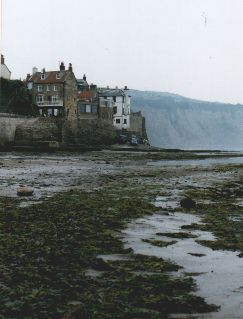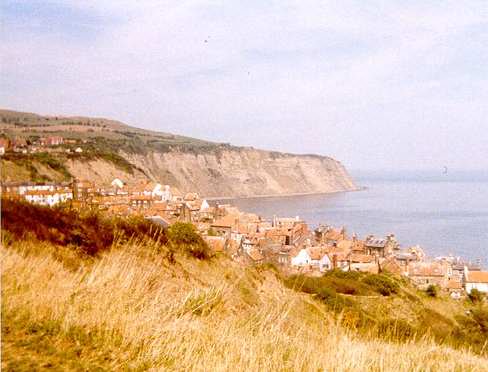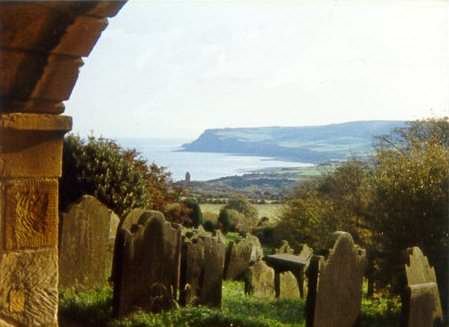VIEW OF BAY FROM THE BEACH

|
Robin Hood's Bay is a fishing village in North Yorkshire, about seven miles from Whitby. Like Whitby, it hugs the cliffs, making it a scenic place to live. The name Robin Hoods Bay doesn't appear on record until the sixteenth century, it is also known by another name sometimes referred to as Baytown. One mile south of the bay are some bronze age burial mounds which are called Robin Hoods Butts, yes it is true. In the Whitby museum there is evidence that the village Ravenscar, a mile from the bay, was a roman signal station. Ravenscar is the town that in Victorian times, nobody wanted to move to, as there were no houses laid out, in fact the only thing built were the roads! |




